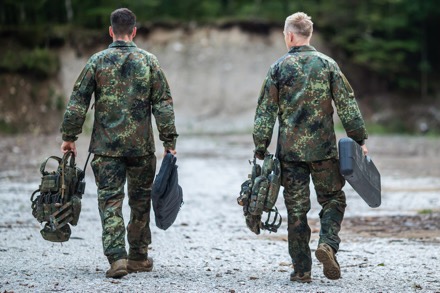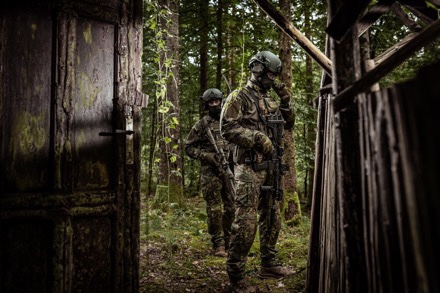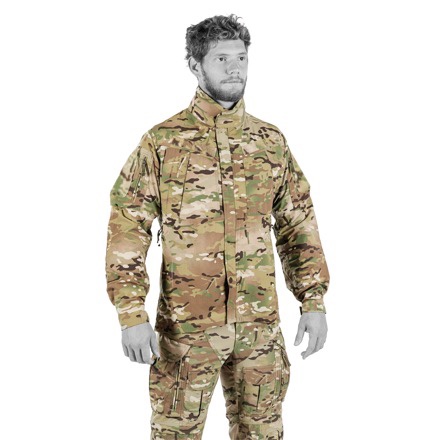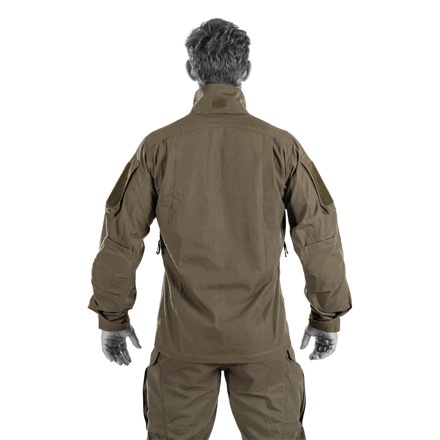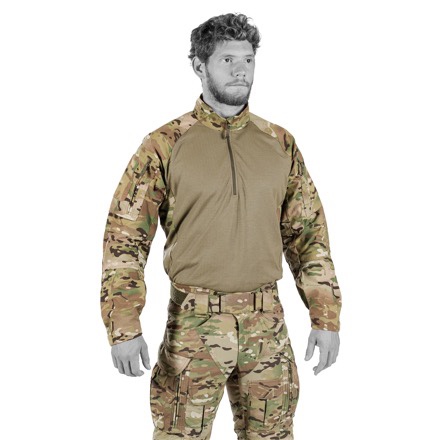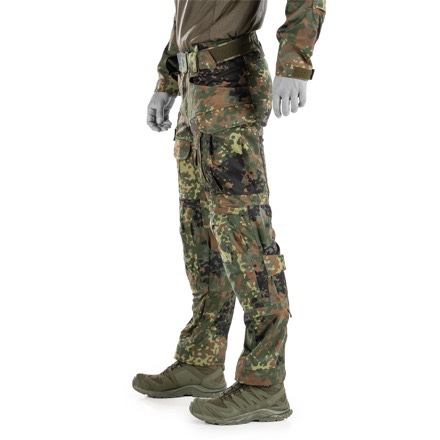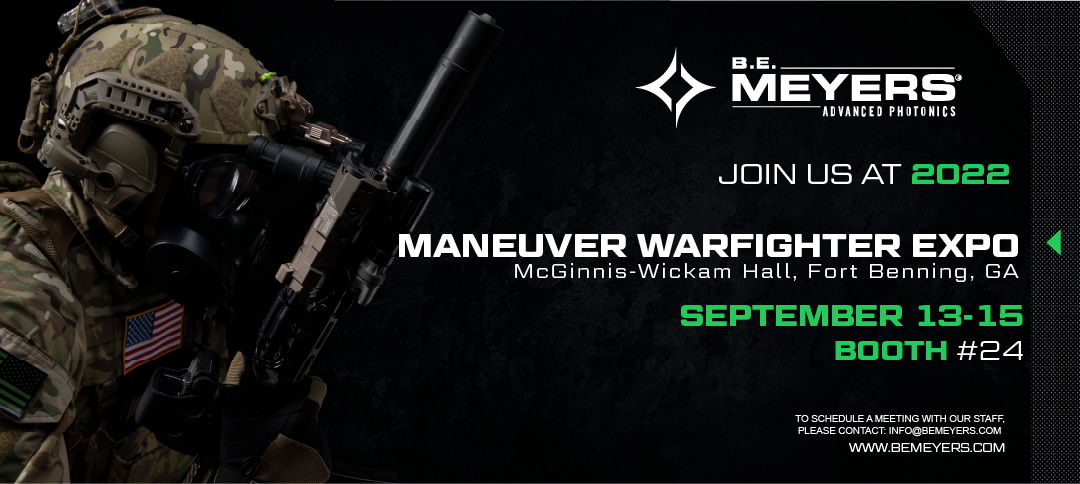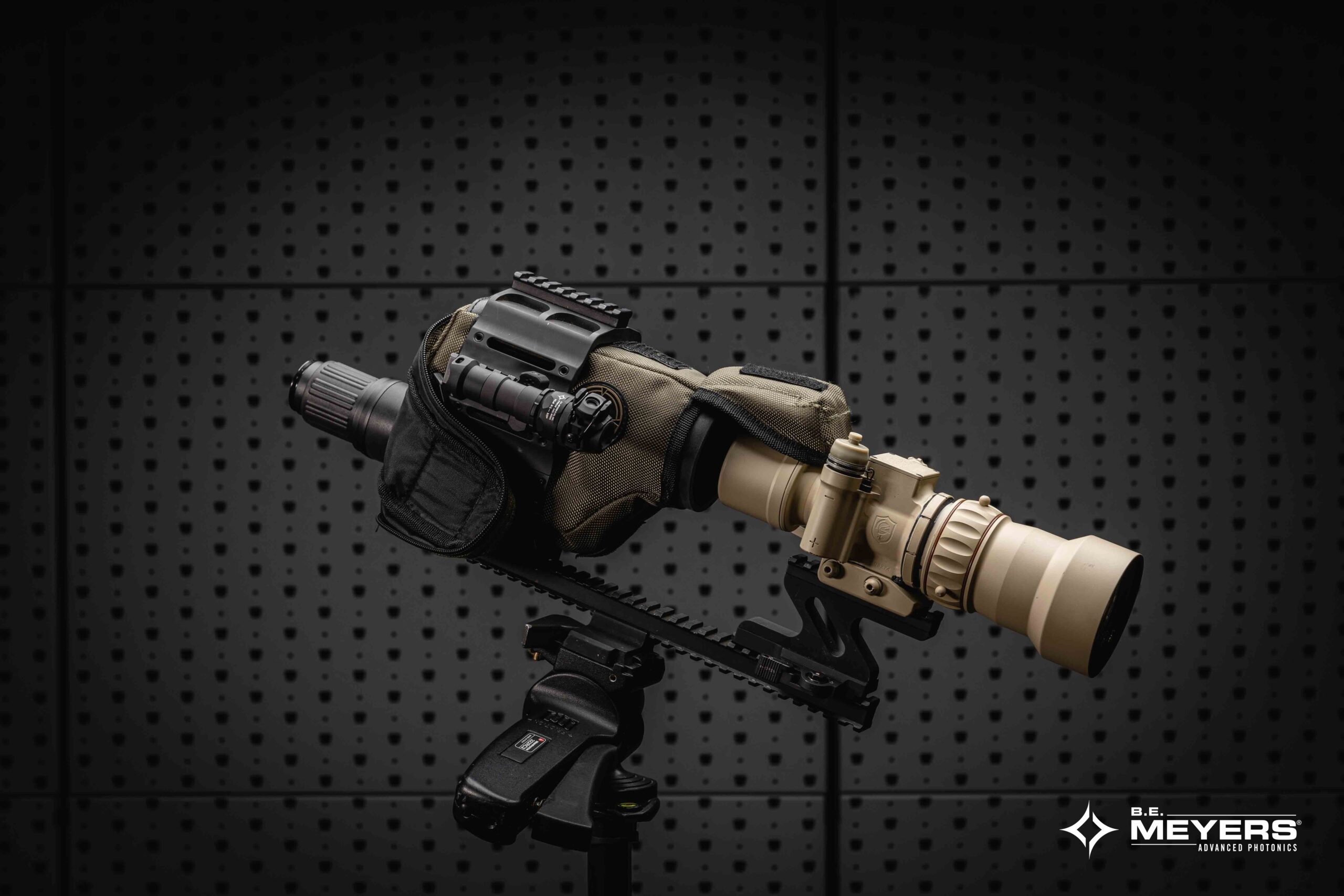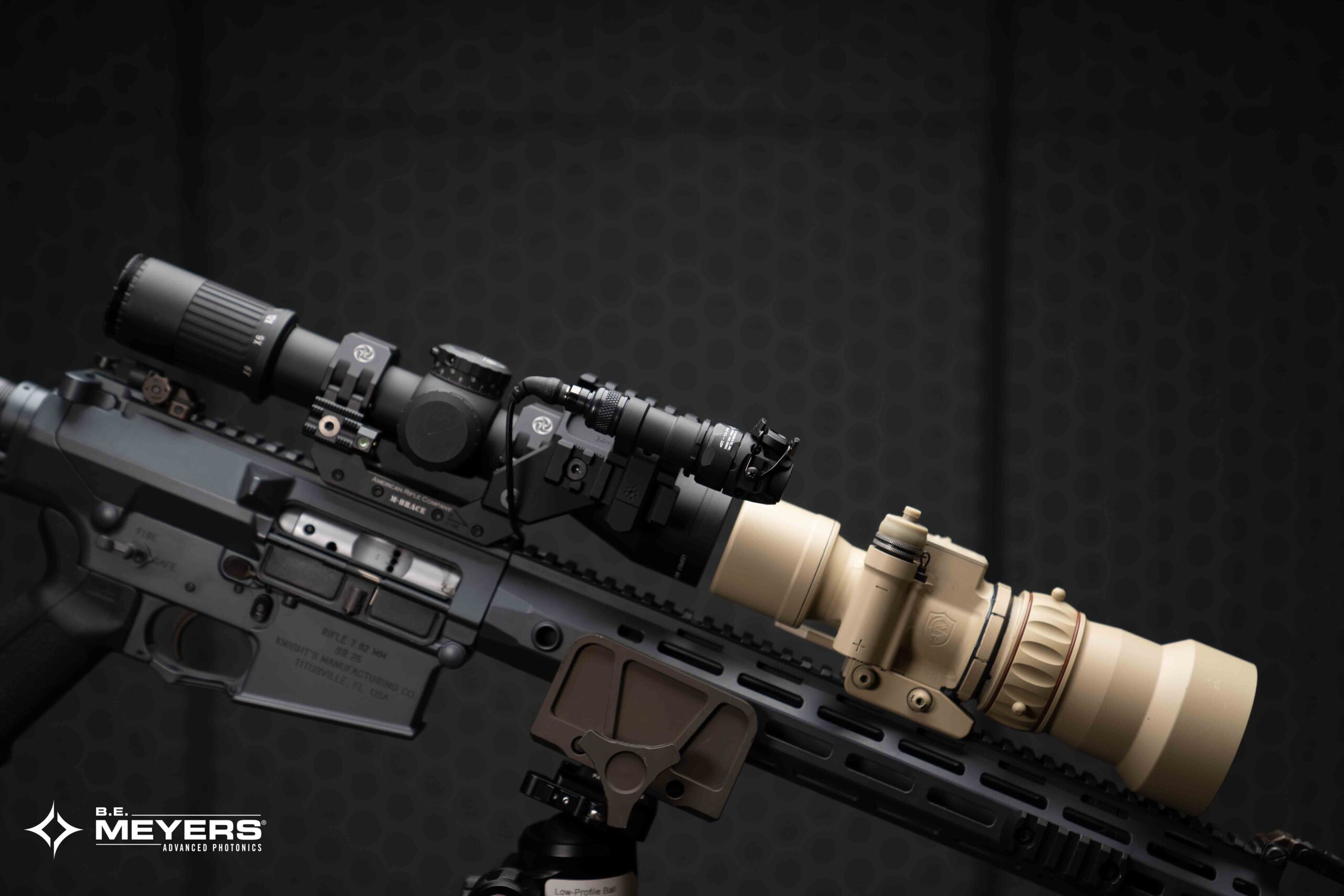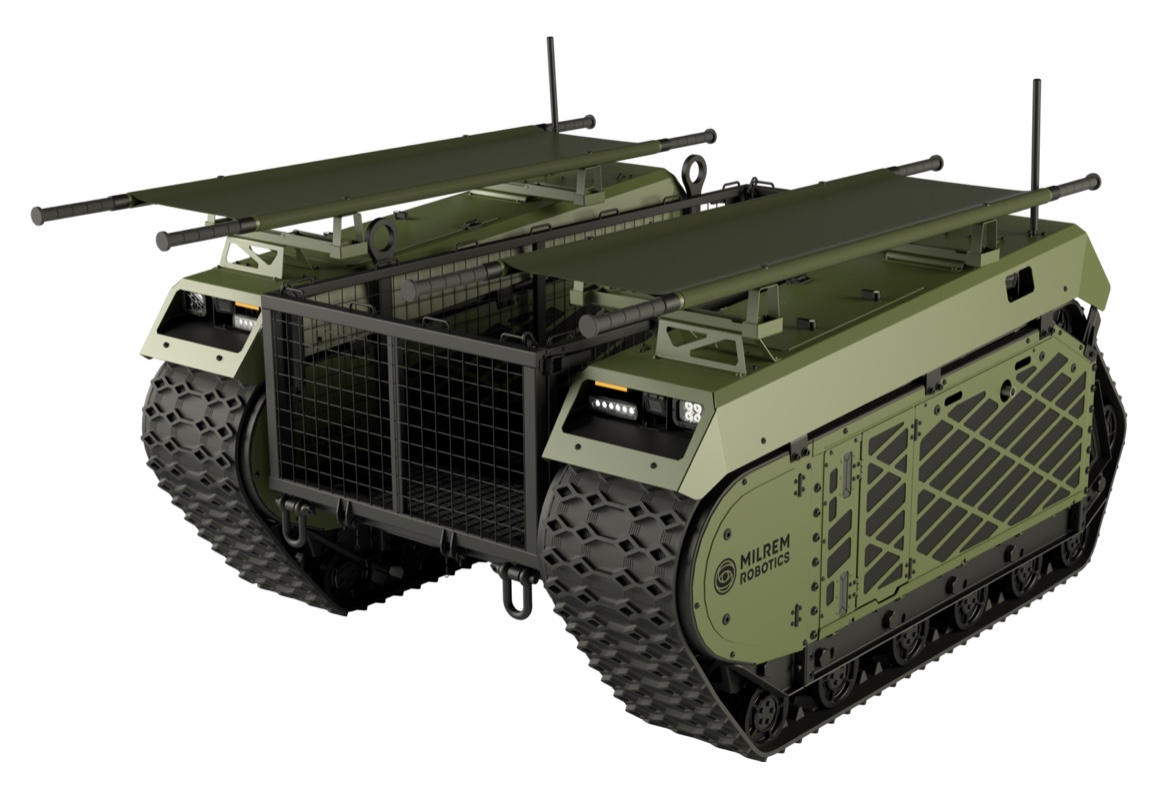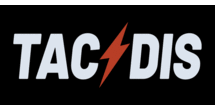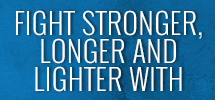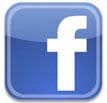
NATICK, Mass. — The U.S. Army Combat Capabilities Development Command Soldier Center, or DEVCOM SC, has designed Army Tactical Bras (including four concept bras) to meet the needs of female Soldiers who perform physically demanding tasks in a wide variety of environments.
“It’s important to recognize that Soldiers are the ultimate athletes, and they need something very specific,” said Annette LaFleur, team leader for the Design, Pattern & Prototype Team, part of the Soldier Protection Directorate at DEVCOM SC.
LaFleur explained that as ultimate athletes female Soldiers often endure arduous physical conditions that are much more intense than “say a female running a weekend road race or playing in a soccer game for a few hours.”
“Consider a design that may be worn days on end, in the cold, jungle or desert, layered under her uniform, body armor, ruck sack and while different threats may come her way,” said LaFleur.
Ashley Cushon is a clothing designer on the Design, Pattern & Prototype Team. As project officer and lead designer for the Army Tactical Brassiere Program, Cushon has led the design development and the test strategizing for the ATB concepts since the start of the program. She noted the importance of equipment that fits well and meets the needs of female Soldiers.
“The last thing the Soldiers need is to lose focus due to the discomfort of a next-to-skin garment that is meant to support them and not distract them,” said Cushon.
“As with all uniform and individual protection items we develop and evaluate, our goal is for the Soldier to not think about what they are wearing and be focused on their job,” said LaFleur.
Based on feedback from survey and focus group efforts, DEVCOM SC designers learned about capability gaps presented by the sports bras currently worn by Soldiers as well as Soldier preferences.
“We considered how to improve the comfort levels of a military appropriate performance sports bra, incorporating features that Soldiers prefer while making sure, on a design level, to keep functionality and support a priority throughout design development,” said Cushon. “The goal is to not only accommodate Soldiers that are doing field training exercises, but also those operating in combat environments where there could be potential exposure to different threats.”
The design of the Army Tactical Bras was driven by Soldier feedback and takes into consideration a variety of factors.
“It is the combination of materials, design, construction (seams/stitches) and fit which create the importance of the item — not just one feature alone,” said LaFleur. “Ashley and a team of other technical experts have been working with female Soldiers so that we can take their feedback into the design process from the start.”
The designers are working to provide female Soldiers with a few different bra options to accommodate individual preferences, match their activity level, and meet the needs of specific tasks.
“As Army clothing designers, our considerations expand beyond the general look or style of the garment, though that is definitely a factor,” said Cushon. “We aimed to provide the Soldiers with a variety of options inclusive of features that they identified work well for their activity level. One thing to keep in mind is that there is no ‘One Size Fits All’ solution out there.”
Cushon said that other very important considerations include the Soldiers’ familiarity and experimentation with the variety of styles (which varies) and a certain allegiance that they may have towards a particular type of bra.
“We had to look at this from two different perspectives; first as women, understanding a sports bra is very preference dependent and personal,” said Cushon. “Second, as designers, we interpret feedback and incorporate these points as functional elements within a design. This way, we are able to understand and reach more individuals within our target users.”
The DEVCOM SC team worked to include a wide variety of features, ranging from customizable fit to flame resistance.
“We added various features that allow Soldiers to customize the fit of the ATB concepts to their desired compression or support level,” said Cushon. “We also wanted to offer concepts that have less fasteners and hardware without forfeiting functionality, for Soldiers who prefer simplicity. Of course, a key feature is the Flame Resistant, or FR, protection, which we were able to integrate seamlessly into the designs. Whether it is the addition of a closure, the finish on a joining seam, the moisture management of the materials, the size and location of hardware or thread weight, every detail was meticulously considered to ensure we provided adequate variation for these first iterations.”
“Fit, Form and Functionality” shape the approach to products that are designed by the Design, Pattern and Prototype Team. Given that incorrectly fit bras can cause pain, and skin irritation, these three elements were particularly important in the design of the Army Tactical Bras.
“In this instance, where Army sports bras could almost be considered a niche-use case, these three elements take on a whole new level of importance,” said Cushon. “Females in general have become all too familiar with experiencing adverse effects related to the continued wear of an ill-fitting bra. Skin damage related to abrasion, or pain in the breast, shoulders and back relative to the lack of breast support are some common examples. For the ATB Concepts, we are utilizing a combination of size, style and military appropriate design elements for the individual Soldier’s body type and activity level that can help to mitigate distractions related to ill-fit or discomfort that could compromise their focus — ultimately enhancing their readiness level while active.”
The Army Tactical Bras are an important part of DEVCOM SC’s ongoing efforts to meet the needs of female warfighters.
“We see this as one of many great opportunities to provide female Soldiers items that are developed with input from their unique experiences guiding the development and evaluation,” said Cushon.
“Here at DEVCOM Soldier Center we have a strong multi-disciplined team — including military designers, anthropologists and textile technologists to name a few — that use science and technology in developing optimized solutions to keep our warfighters, in this case female, protected and focused on their mission,” said LaFleur. “The bra is an essential component to the female Soldier’s system of clothing.”
LaFleur explained that “ATB technologies developed at the Soldier Center will serve to inform the Army of potential functional product specification and material options which optimize bra performance for combat at training environments. These technologies and research findings will also provide insights as to how specific performance requirements can be defined for these and other Soldier worn garments.”
By Jane Benson, DEVCOM Soldier Center Public Affairs




